
Colonial Art and the Cusco School
Continuing on your art tour, you will learn that, following European colonization, the arts that evolved were deeply intertwined with the state religion of Roman Catholicism. This birthed the Cusco School, which began from the conquest of Peru in the 1530s and lasted through the 18th century. As a means of converting the newly subdued Incas to Catholicism, the Spanish came to rely on indigenous and mestizo artists. While traveling to Lima or Pisco, there’s a good chance you’ll find yourself face-to-face with the vivid and earthy tones, gold leaf accents, and unconventional religious forms of The Cusco School’s body of work.
Among the leaders of the Cusco School are Indian painters Diego Quispe Tito and Basilio Santa Cruz Pumacallao. Such is their legacy that throughout the 17th century, industrial workshops made canvases in large quantities for merchants who would sell these works to cities across Peru, Argentina, Chile, and Bolivia. Continuing the work in the 18th century was Marcos Zapata. His pictorial output, which spans more than 200 paintings, ranges between 1748 and 1764. The best are the fifty large canvases that cover the high arches of the Cathedral of Cusco and that are characterized by the abundance of flora and fauna as a decorative element.
The Rise of Latin American Modernism in Brazil
Latin America, in particular Brazil, produced many of the most important modernists of the 20th century. A landmark event for Modernism in the region was a festival held in São Paulo called Semana de Arte Moderna or Modern Art Week. This event elevated the Grupo dos Cinco (Group of Five), a collection of five modernists who founded the movement and sought to promote a uniquely Brazilian culture that emphasized indigenous and non-European elements.
Among the five was Tarsila do Amaral with her signature style of sensuous, vibrant landscapes and everyday scenes. Also, part of the group was Anita Malfatti, heralded as the first Brazilian artist to introduce European and American forms of Modernism to Brazil. Her solo exhibition in Sao Paulo, from 1917–1918, was controversial at the time, and her expressionist style and subject were revolutionary for the complacently old-fashioned art expectations of Brazilians who were searching for a national identity in art, but who were not prepared for the influences Malfatti would bring to the country.
Mexican Muralism and the Legacy of Los Tres Grandes
David Alfaro Siqueiros, José Clemente Orozco, and Diego Rivera became the leaders of the muralist movement in Mexico and became known internationally as los tres grandes (the big three).
The big three helped influence President Franklin D. Roosevelt’s Public Works of Art project. It was intended to provide employment for artists and craftspeople during the Great Depression, and to create morale-lifting murals and sculptures for public buildings.
The muralists had even further reaching influence from their positions within the US. For example, when living in New York, Siqueiros gave experimental art classes, and one of his students was Jackson Pollock, whom he encouraged to continue in his experiments. Art tours across major cities often spotlight these transnational influences, guiding visitors through murals and exhibits shaped by these cross-cultural exchanges.
Surrealism in Latin American Art: Frida Kahlo and Beyond
Surrealism art took hold in Latin America after World War II and continued to flourish for three decades. The movement’s poets and artists found magic and strange beauty in the unexpected and the uncanny, the disregarded and the unconventional.
The name that is most associated with the movement is the incomparable Frida Kahlo. She embraced Surrealism with her self-portraits and depictions of traditional Mexican culture. Chilean artists Roberto Matta, Mario Carreño Morales, and Nemesio Antúnez, Cuban artist Wifredo Lam, and Argentinean artist Roberto Aizenberg are also renowned for their surrealist works.
Latin American Photography: Pioneers and Visionaries of the 20th Century
The early 20th century saw flourishing portraiture. From Buenos Aires, Argentina, a number of female photographers also made significant contributions. In particular, the German-born Annemarie Heinrich and Greta Stern rose to prominence. Both women arrived in Buenos Aires in the 1930s and both became known for their artistic portraits, a distinctive characteristic of the Buenos Aires photography scene. On your art tour, you will learn that their clients were often well-known artists who performed at the iconic Colon Theater. These glamorous photographs of the famous performing artists developed in Buenos Aires to a greater extent than anywhere else in the region.
By the end of the 20th century traditional themes of social justice and magical realism continued, as well as many other forms of experimental photography art prospered. Among them was the avant-garde work of Luis González Palma and Mario Cravo Neto.
Immerse in Latin American Art on Your Next Cruise to South America
Regent Seven Seas Cruises® has consistently delivered ultra-luxury travel experiences with the very best value for over thirty years. Aboard The World’s Most Luxurious Fleet®, enjoy unrivaled onboard space, unforgettable shoreside excursions, incomparable culinary experiences, and exceptional Heartfelt Hospitality™.

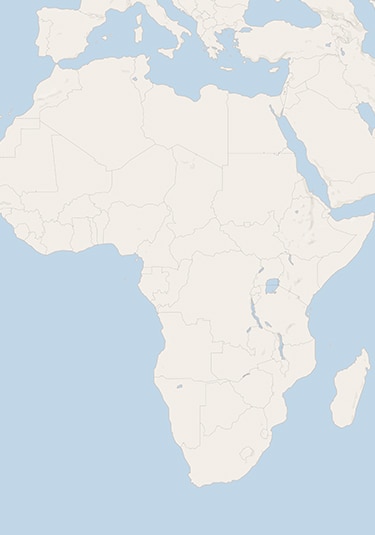

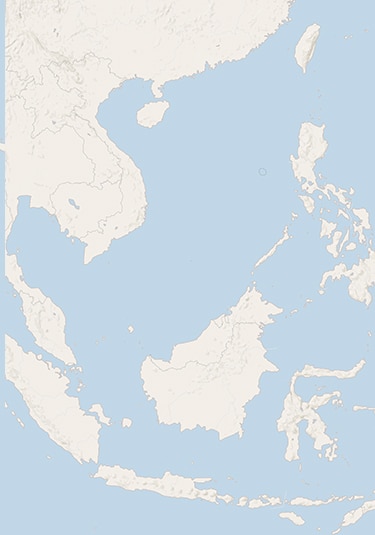
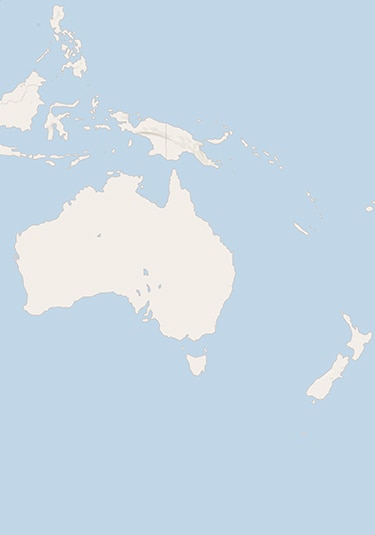
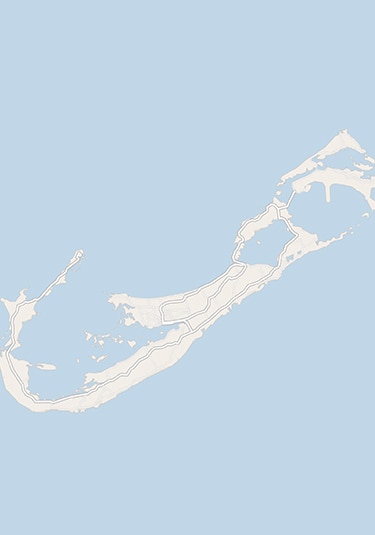

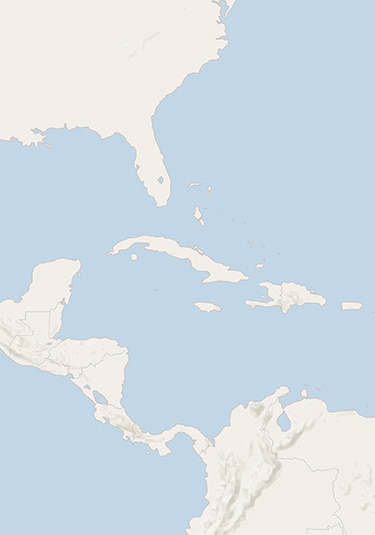
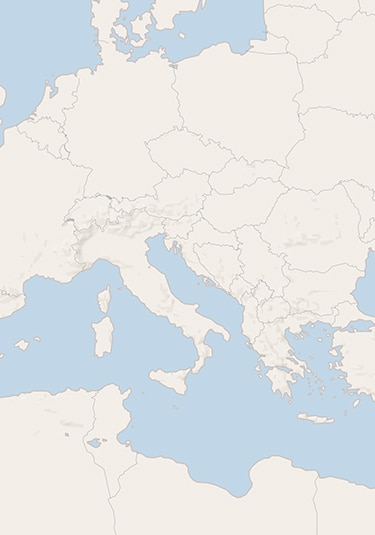
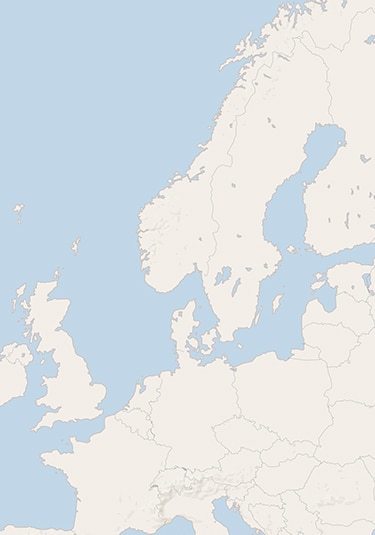







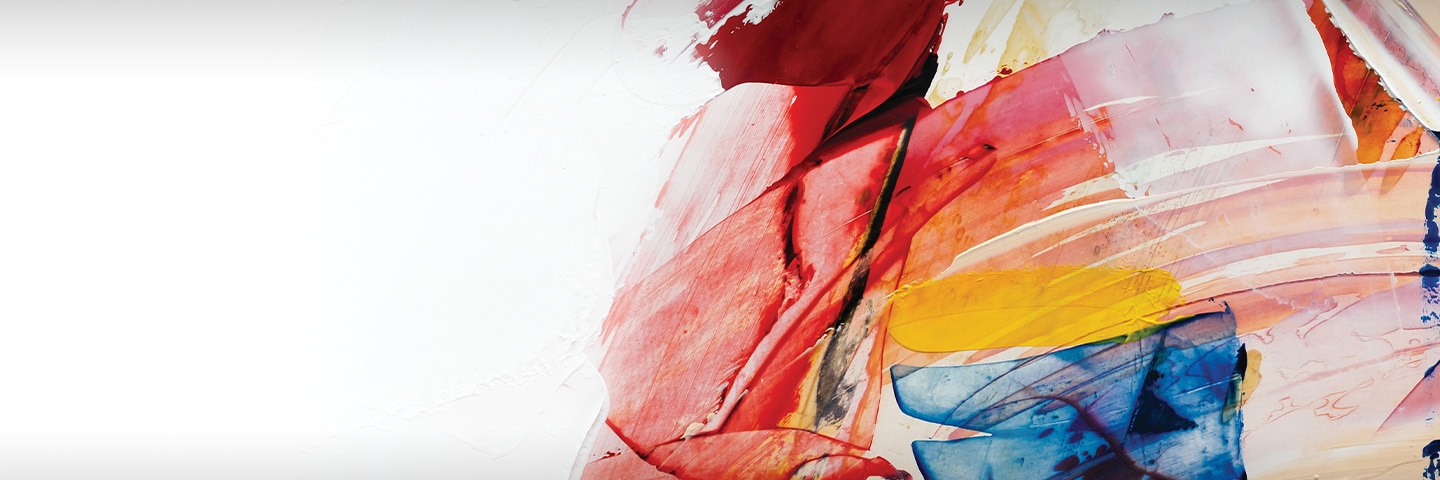
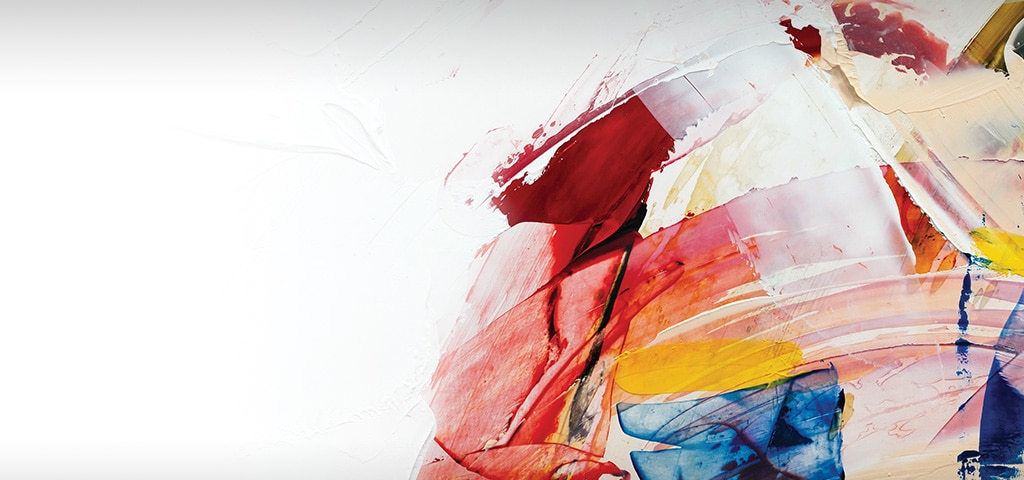
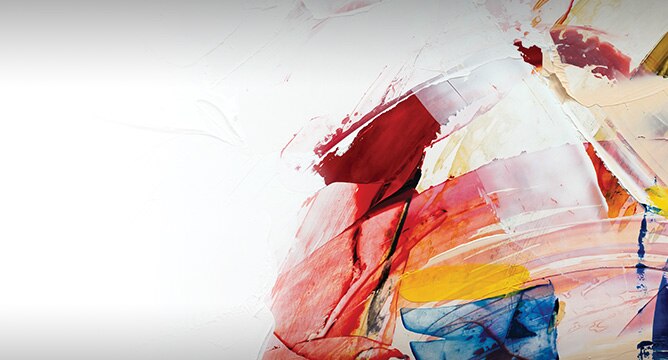
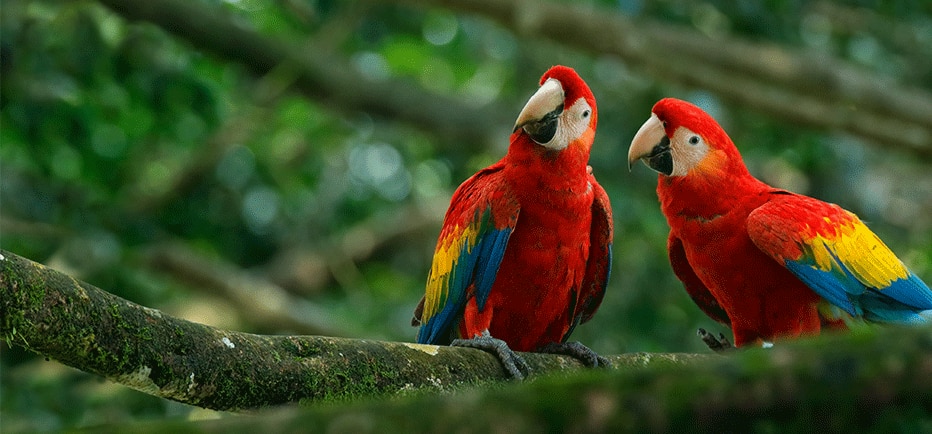
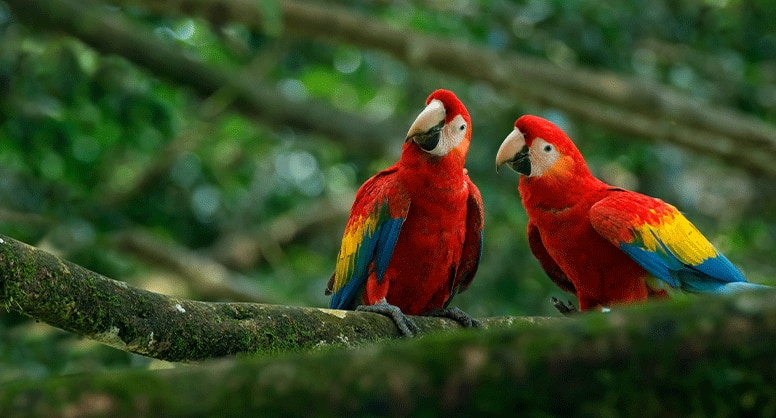



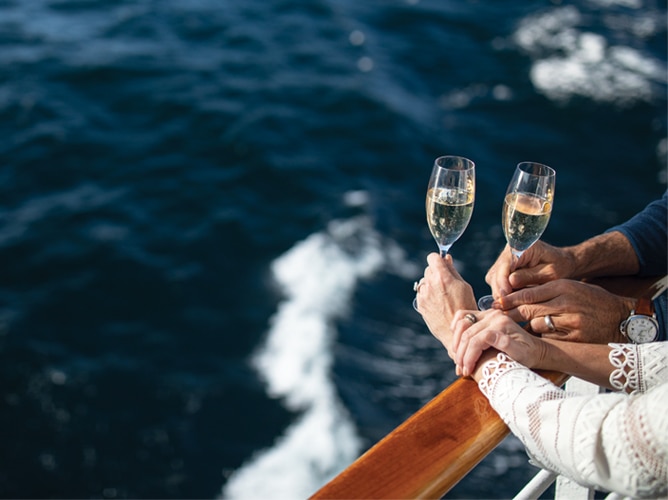
JOIN THE CONVERSATION